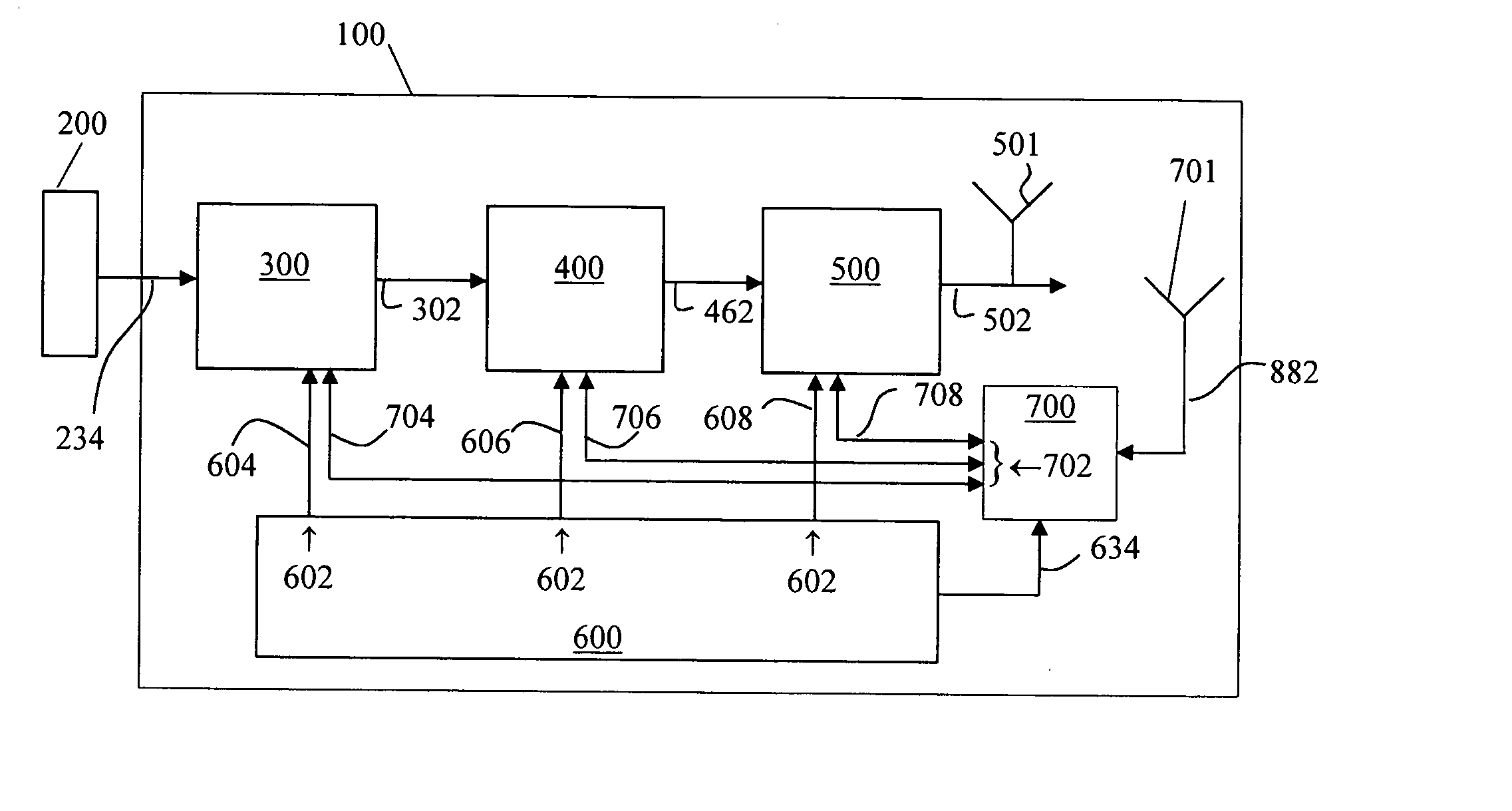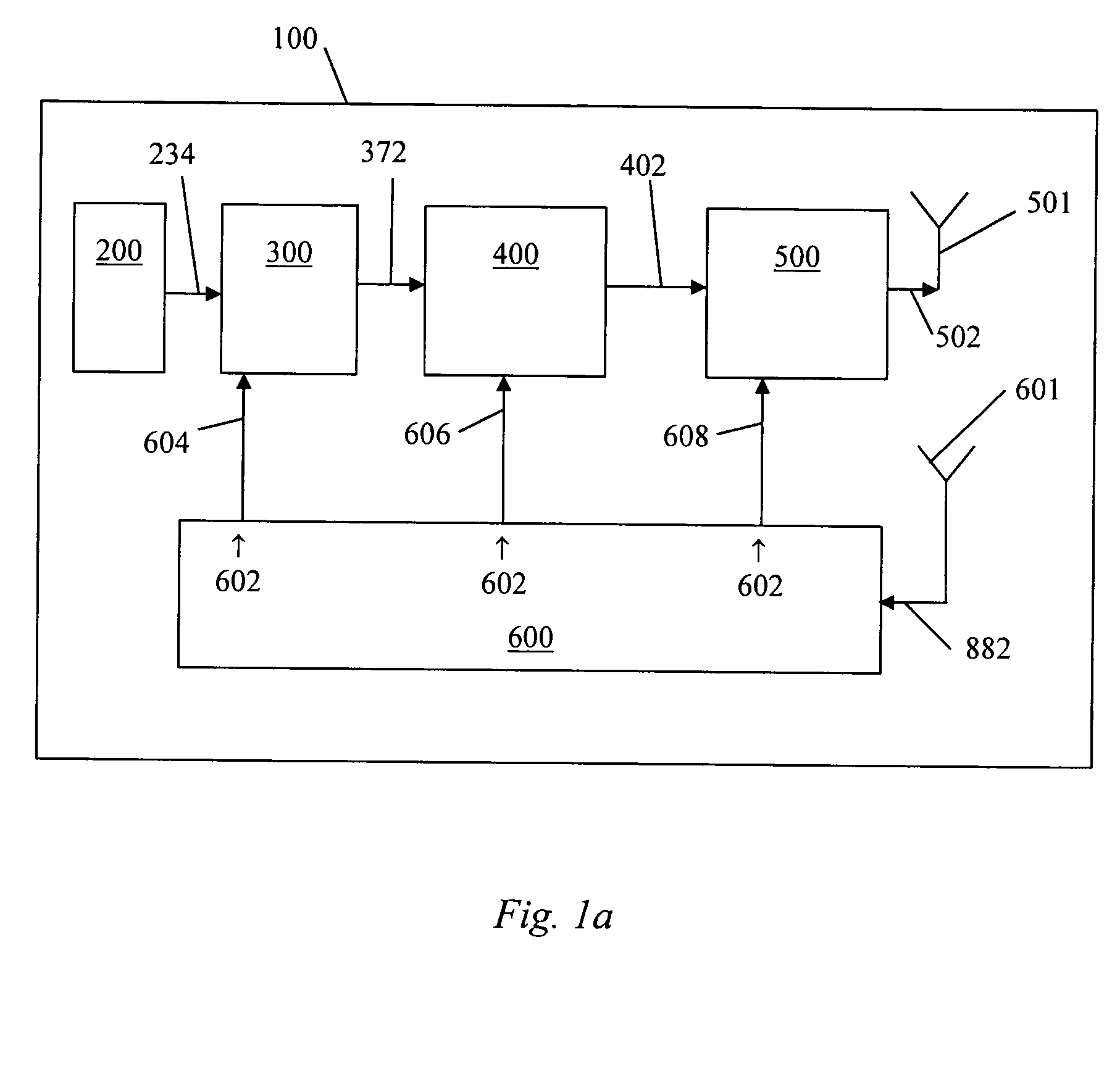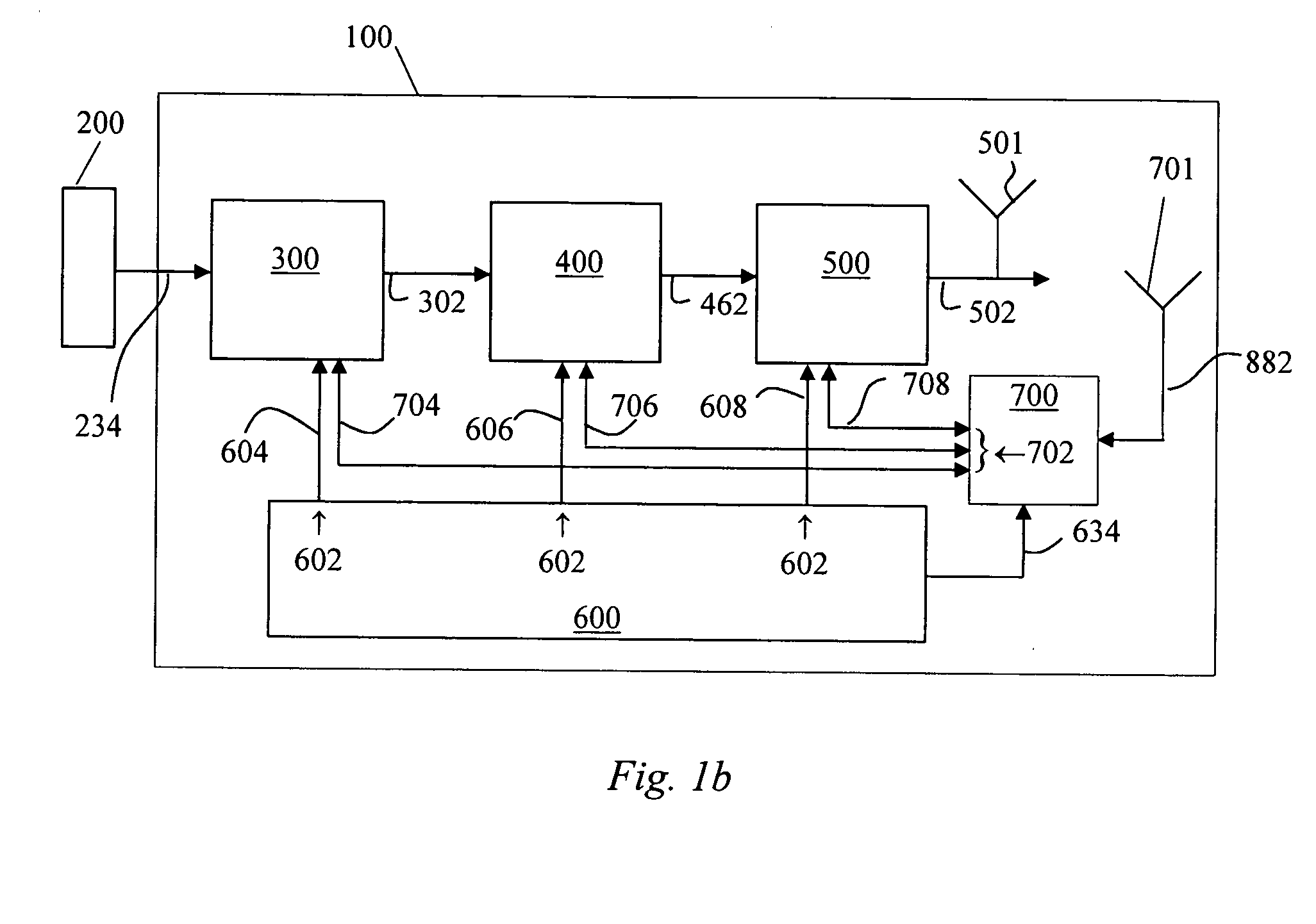Transducer for embedded bio-sensor using body energy as a power source
a biosensor and power source technology, applied in the field of sensors, can solve the problems of inability to accurately measure the glucose concentration level of patients, the finger pricking method of glucose testing is uncomfortable, and the pancreas does not properly regulate the production of insulin, so as to achieve stable and accurate power, accurate measurement of patient's glucose concentration level, and increase the effect of accuracy
- Summary
- Abstract
- Description
- Claims
- Application Information
AI Technical Summary
Benefits of technology
Problems solved by technology
Method used
Image
Examples
Embodiment Construction
[0031] Referring now to the drawings wherein the showings are for purposes of illustrating various aspects of the invention and not for purposes of limiting the same, provided is a uniquely configured telemetric bio-sensor system 10 which is powered by an electro-active polymer (EAP) generator 610. The bio-sensor system 10 utilizes radio frequency identification (RFID) technology and includes a remote transponder 800 that is in wireless communication with the EAP generator-powered on-chip transponder 100. A power supply 600 is included with the on-chip transponder 100. The power supply 600 includes the EAP generator 610 which is specifically adapted to generate a power signal 602 for powering the major components of the on-chip transponder 100 as well as provide a substantially stable and precise voltage to a sensor assembly 200 of the on-chip transponder 100. The on-chip transponder 100 is implantable into a host such as a human patient.
[0032] The EAP generator 610 is preferably e...
PUM
 Login to View More
Login to View More Abstract
Description
Claims
Application Information
 Login to View More
Login to View More - R&D
- Intellectual Property
- Life Sciences
- Materials
- Tech Scout
- Unparalleled Data Quality
- Higher Quality Content
- 60% Fewer Hallucinations
Browse by: Latest US Patents, China's latest patents, Technical Efficacy Thesaurus, Application Domain, Technology Topic, Popular Technical Reports.
© 2025 PatSnap. All rights reserved.Legal|Privacy policy|Modern Slavery Act Transparency Statement|Sitemap|About US| Contact US: help@patsnap.com



